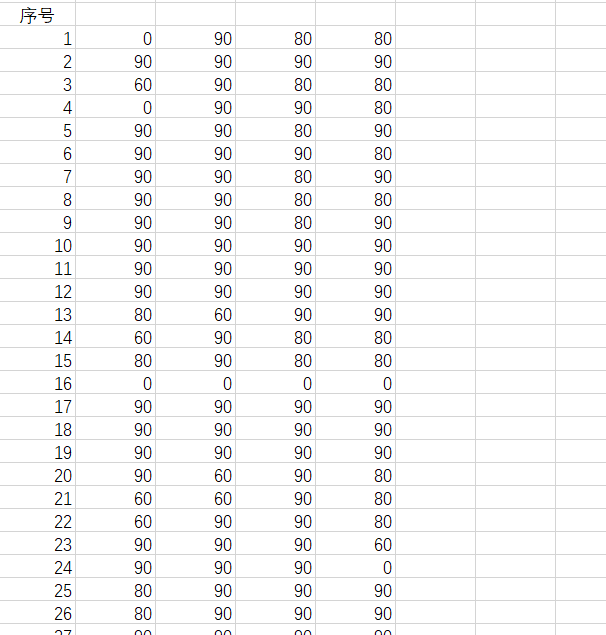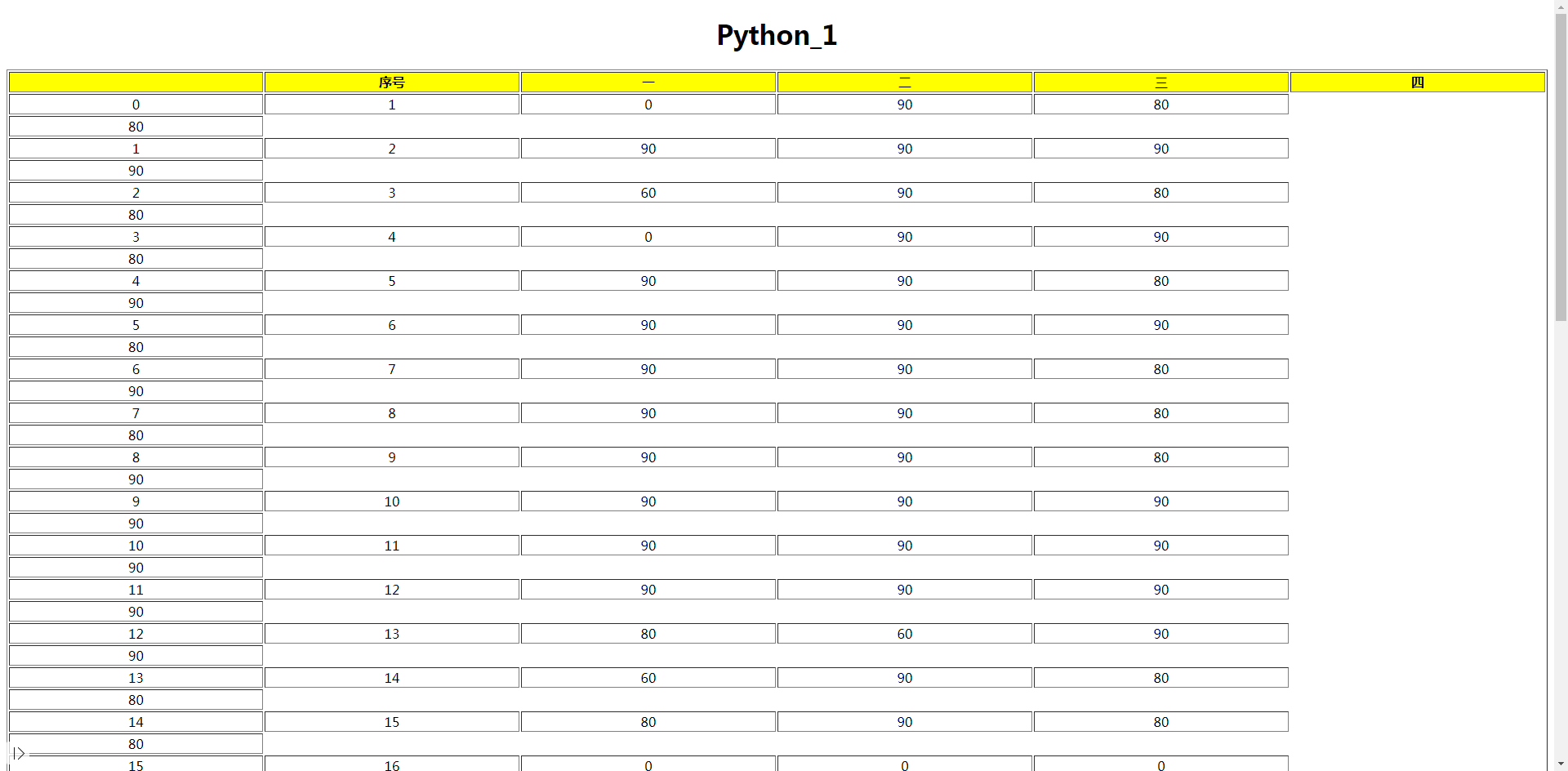自己的第一个网页
1. 文件读写笔记
(1)读文件 :两种方式 ,用 open 或 with open() as ; 有三个参数: 路径,读写形式,编码方式 ,其中路径分为绝对路径和相对路径,py文件与被读取文件在同一文件夹时可用相对路径
读取有三步:打开文件,读取文件,关闭文件 (用with open 时 可不用关闭文件)
1 open('/Users/Ted/Desktop/test/abc.txt') #绝对路径 2 open('abc.txt') #相对路径
方法一:
1 file1 = open('/Users/Ted/Desktop/test/abc.txt','r',encoding='utf-8')
2 filecontent = file1.read() 3 print(filecontent) 4 file1.close()
方法二:
1 with open('/Users/Ted/Desktop/test/abc.txt','r',encoding='utf-8') as file1: 2 content = file1.read() 3 print(content)
(2) 写文件原理同上,但需把第二个参数改为 ‘w’
方法一:
1 file1 = open('abc.txt','a') 2 file1.write('nothing') 3 file1.close()
方法二:
1 # 使用with关键字的写法 2 with open('abc.txt','a') as file1: 3 #with open('文件地址','读写模式') as 变量名: 4 #格式:冒号不能丢 5 file1.write('anything') 6 #格式:对文件的操作要缩进 7 #格式:无需用close()关闭
2. 读入 excel 文件
1 import openpyxl,csv 2 wb = openpyxl.load_workbook('homwork_mark.xlsx') 3 sheet_mark = wb['Sheet1'] 4 5 with open('finalmark.csv', 'w', encoding='gbk', newline='') as file1: 6 writer = csv.writer(file1) 7 8 for row in sheet_mark.rows: 9 list_mark = [row[0]] 10 for cell in row: 11 if cell.value == '优秀': 12 cell.value = 90 13 elif cell.value == '良好': 14 cell.value = 80 15 elif cell.value == '合格': 16 cell.value = 60 17 elif cell.value == '不合格': 18 cell.value = 0 19 list_mark.append(cell.value) 20 writer.writerow(list_mark) 21 list_mark = [] 22

3. 转为 HTML文件
1 seg1 = ''' 2 <!DOCTYPE HTML>\n<html>\n<body>\n<meta charset=utf-8> 3 <h1 align=center>Python_1</h1> 4 <table border='1' align="center" width=100%> 5 <tr bgcolor='yellow'>\n''' 6 seg2="</tr>\n" 7 seg3="</table>\n</body>\n</html>" 8 def fill_data(locls): 9 seg = '<tr><td align="center">{}</td><td align="center">\ 10 {}</td><td align="center">{}</td><td align="center">\ 11 {}</td ><td align="center">{}</td></tr><td align="center">{}</td></tr>\n'.format(*locls) 12 return seg 13 fr = open("finalmark.csv","r",encoding='utf-8') 14 ls = [] 15 for line in fr: 16 line = line.replace("\n","") 17 ls.append(line.split(",")) 18 print(ls) 19 fr.close() 20 fw = open("finalmark_2.html","w",encoding='utf-8') 21 fw.write(seg1) 22 fw.write('<th width="10%">{}</th>\n<th width="10%">{}</th>\n<th width="10%">{}</th>\n<th width="10%">{}</th>\n<th width="10%">{}</th>\n<th width="10%">{}</th>\n'.format(*ls[0])) 23 fw.write(seg2) 24 for i in range(len(ls)-1): 25 fw.write(fill_data(ls[i+1])) 26 fw.write(seg3) 27 fw.close


